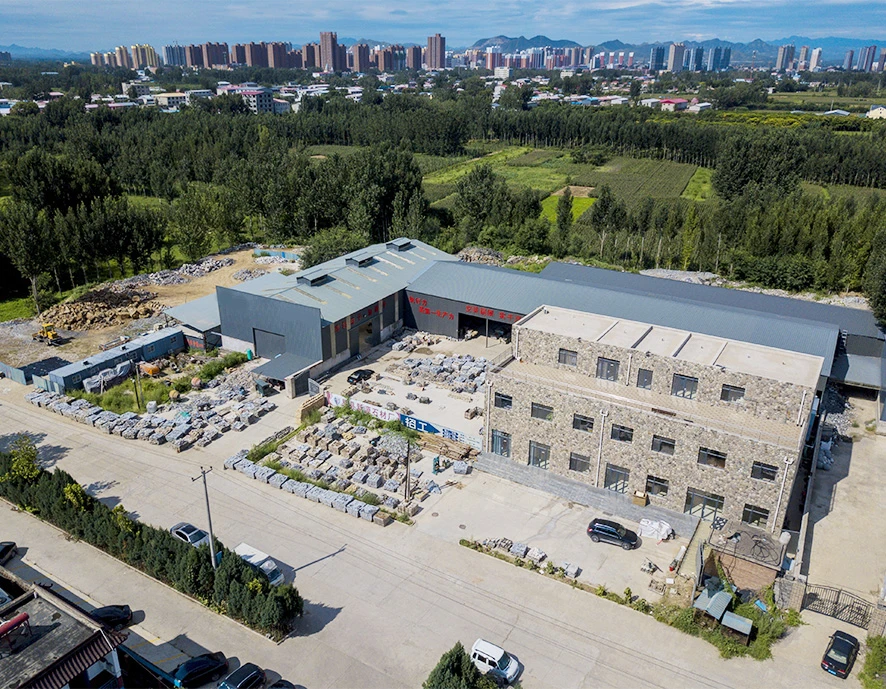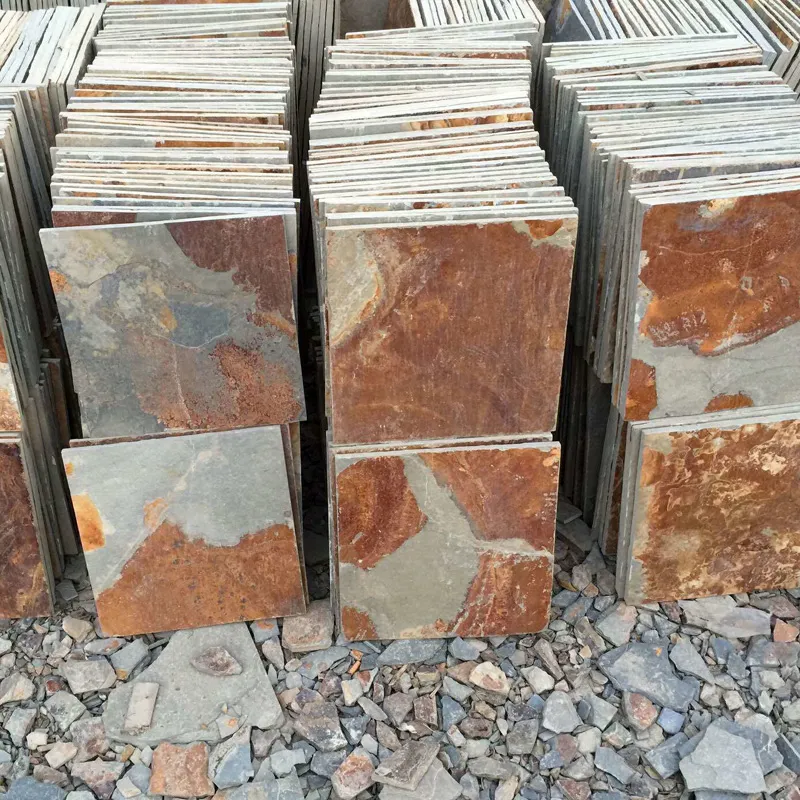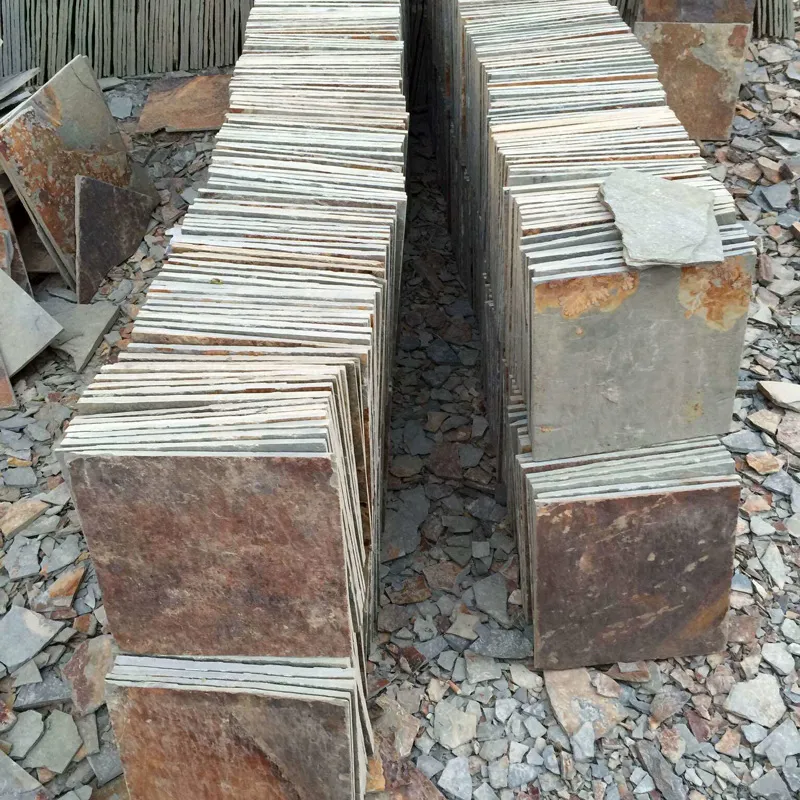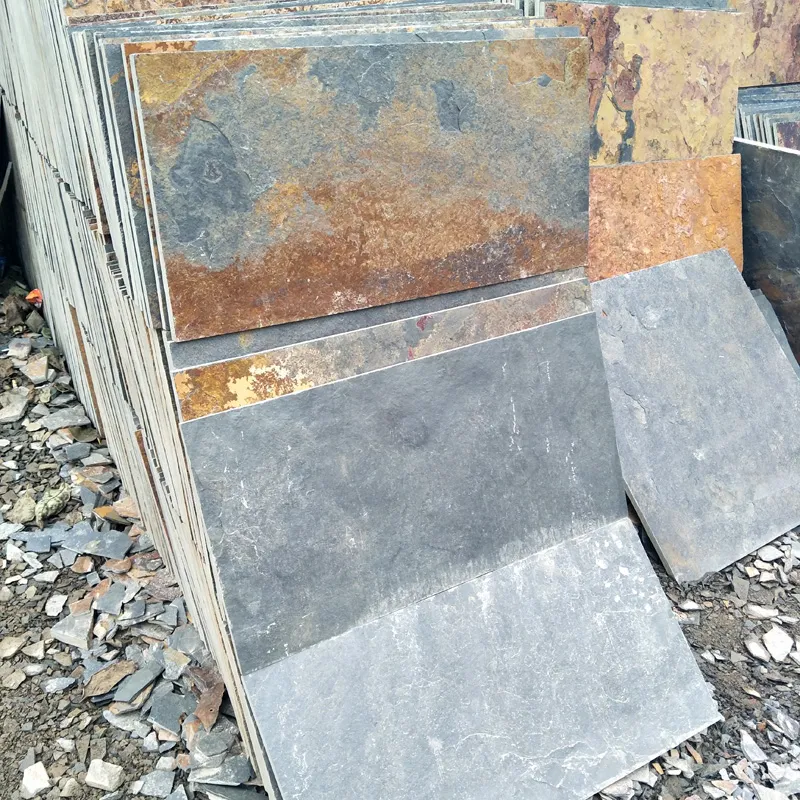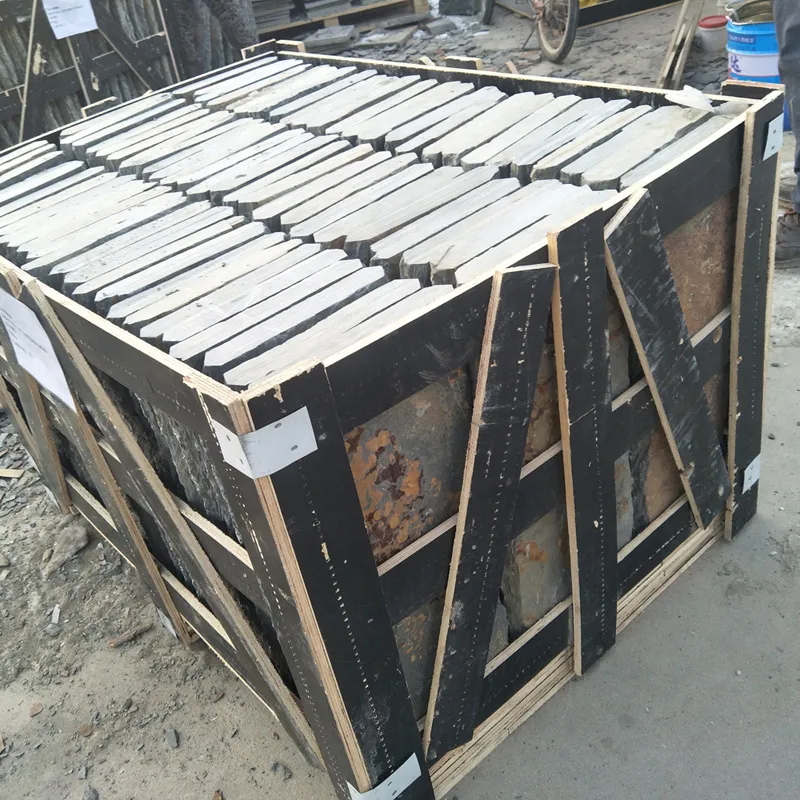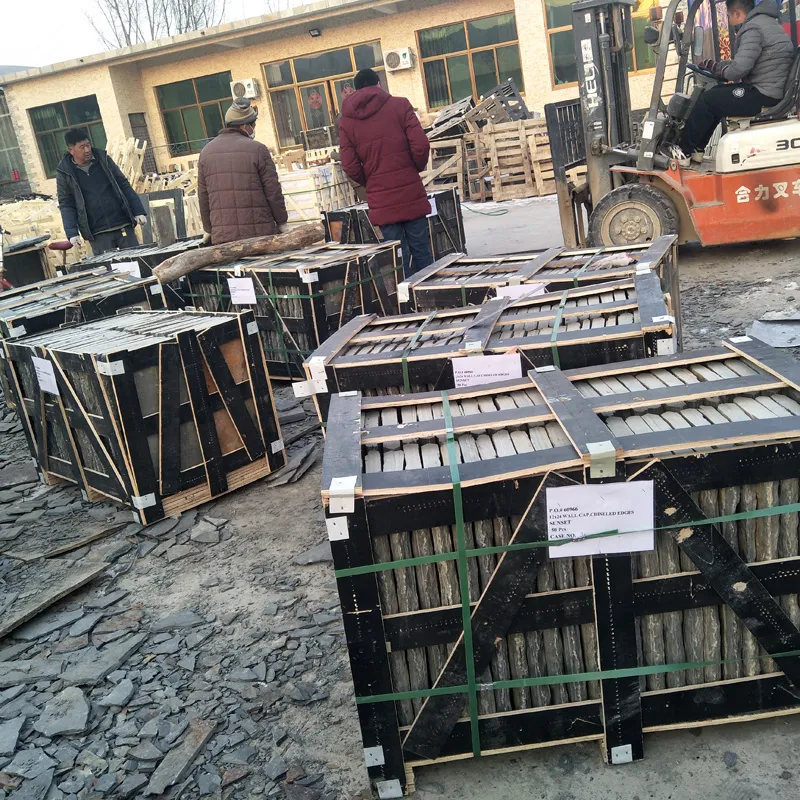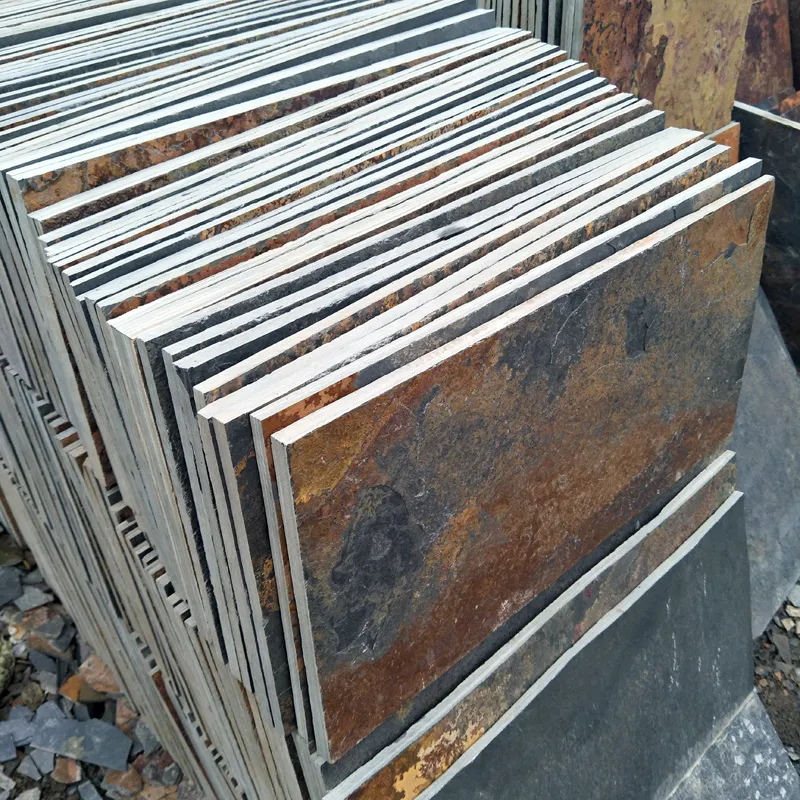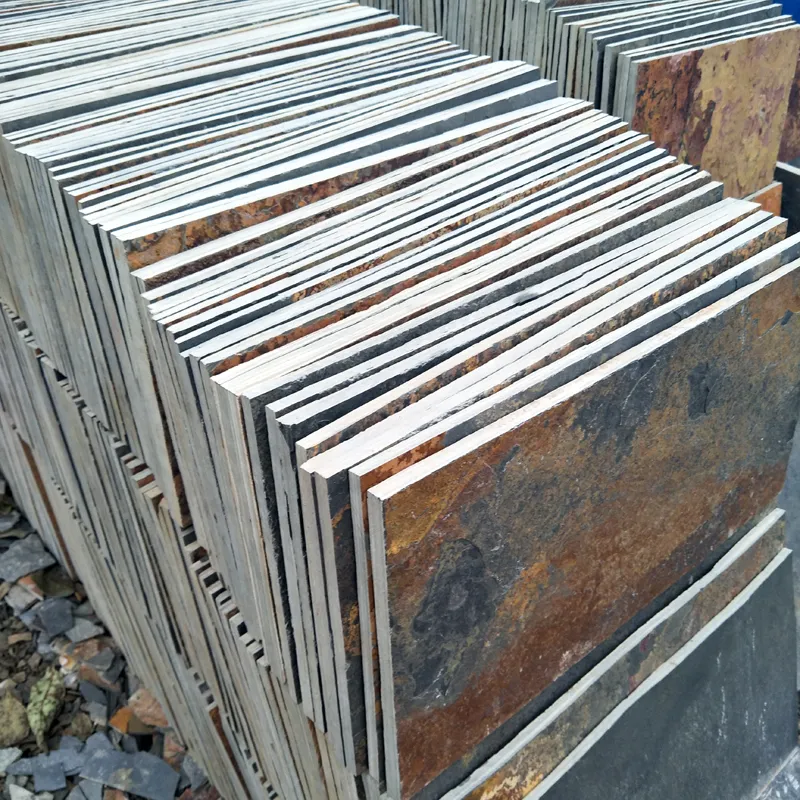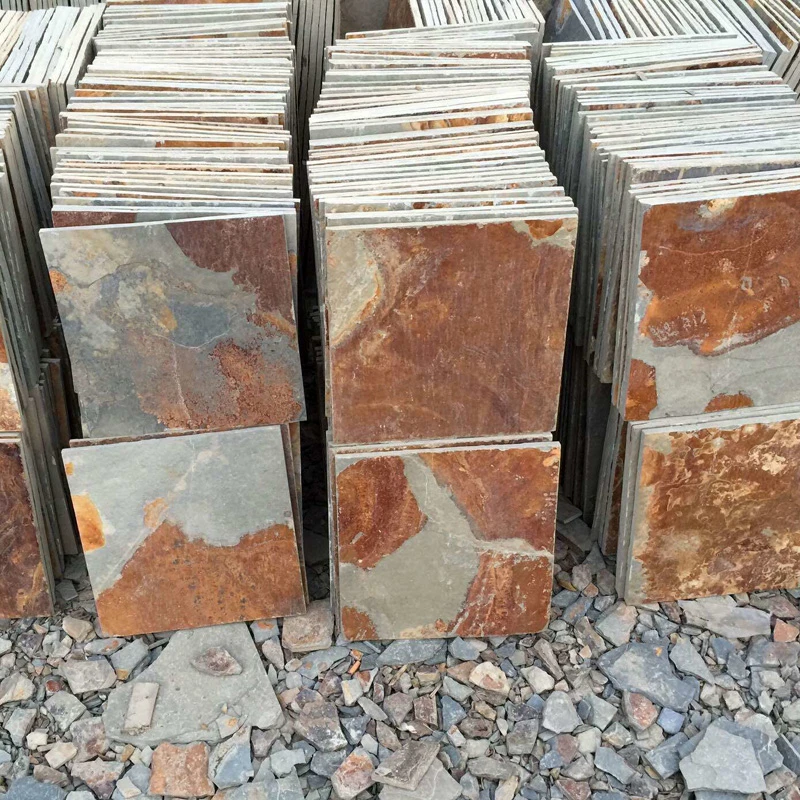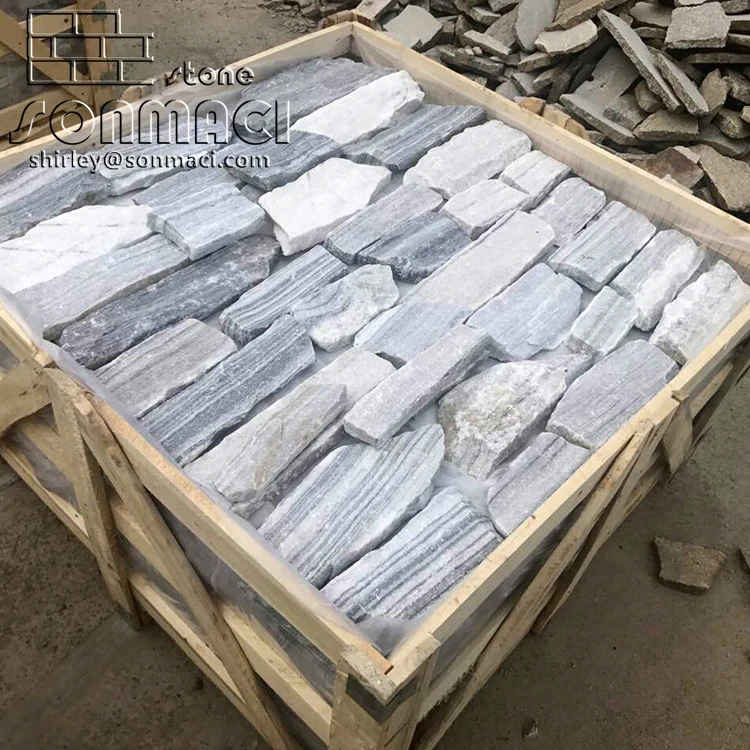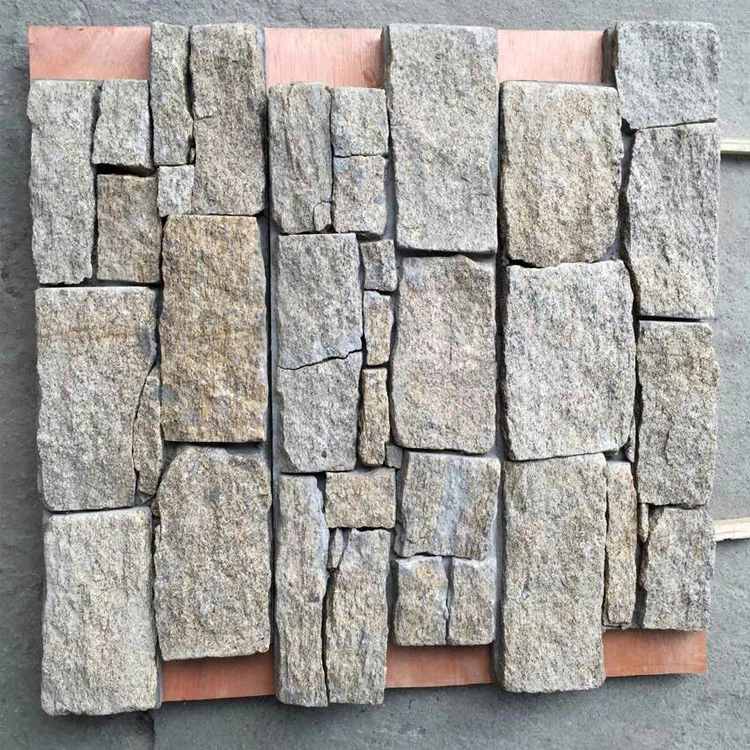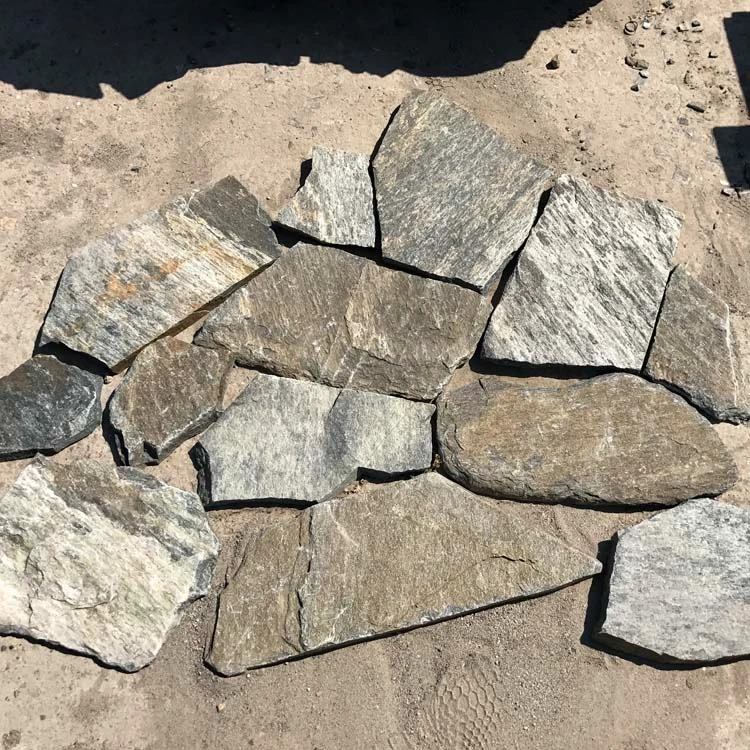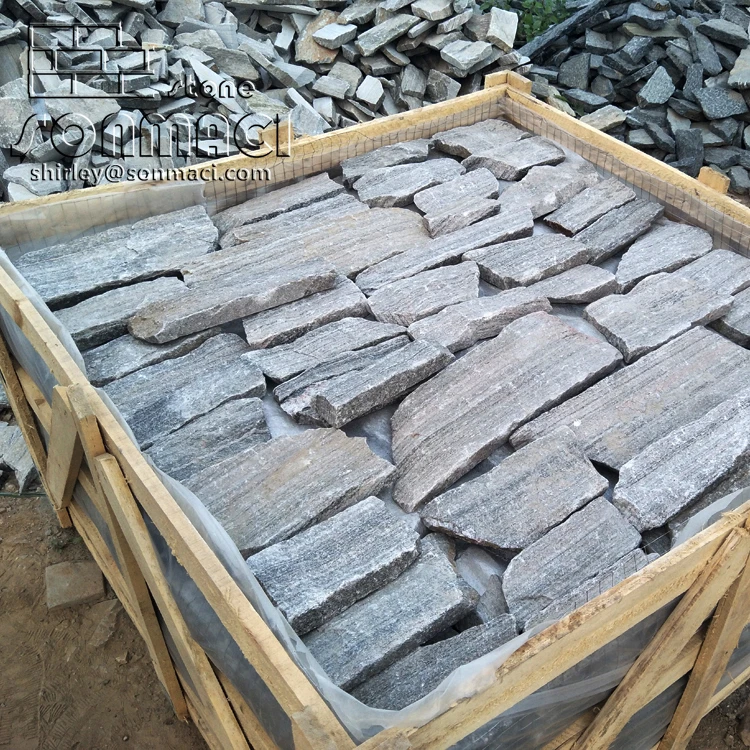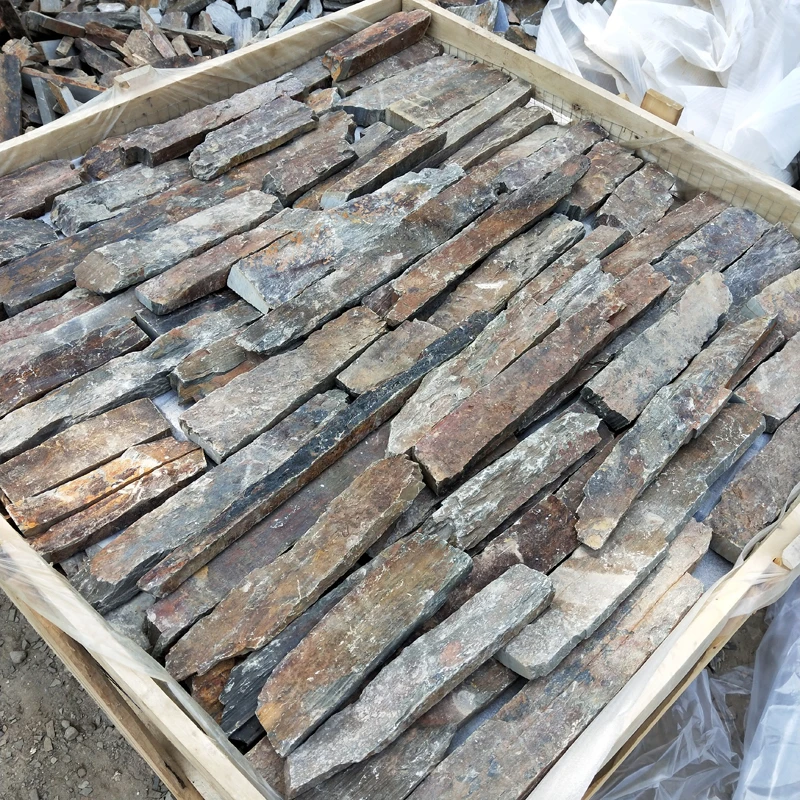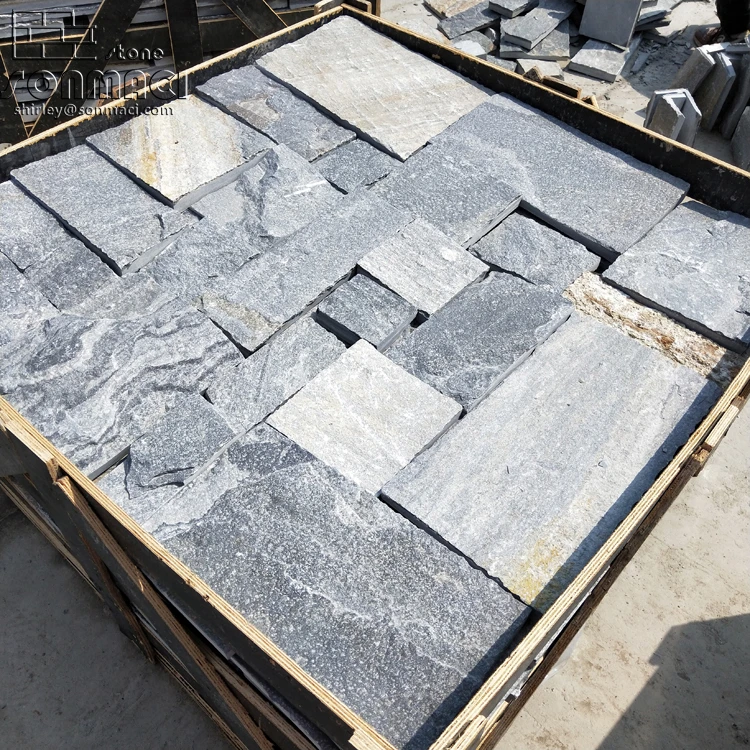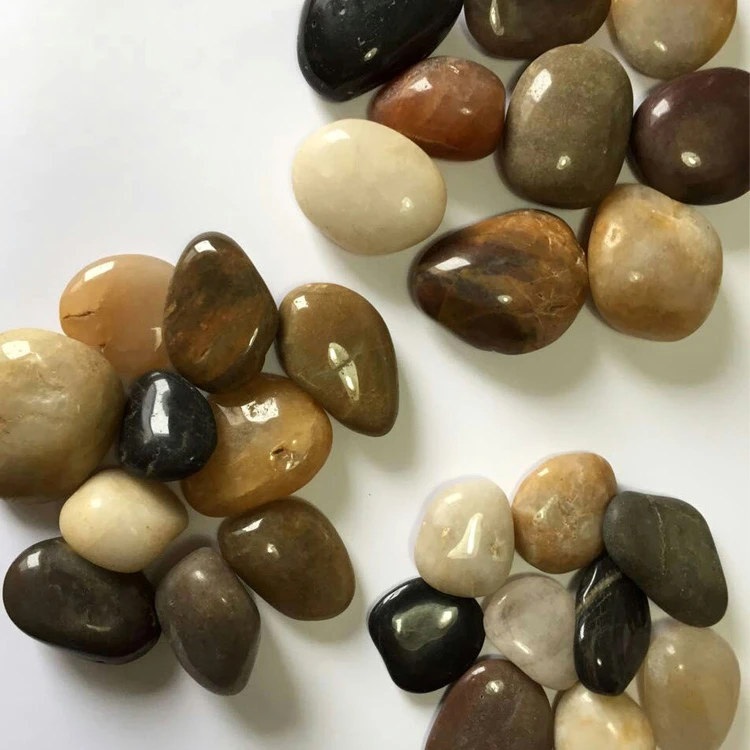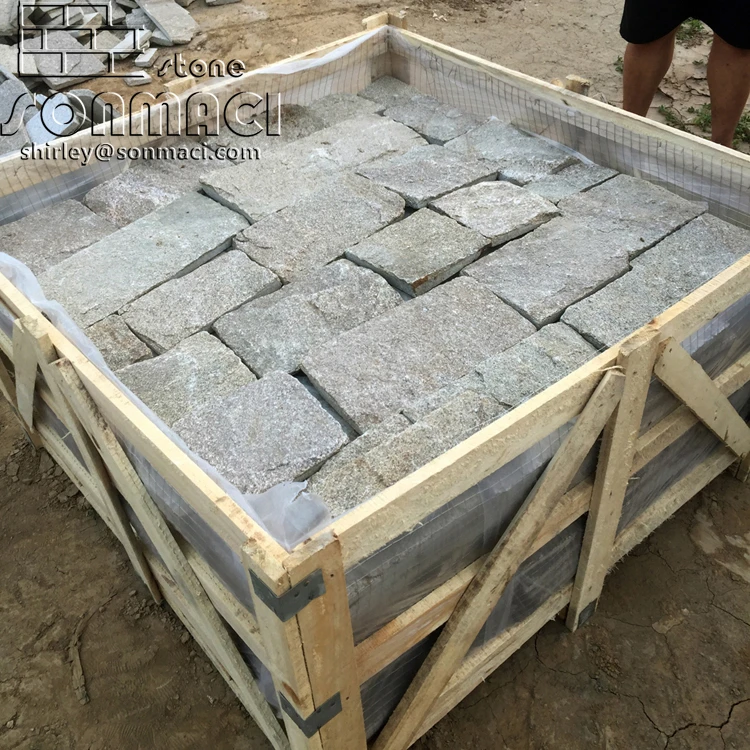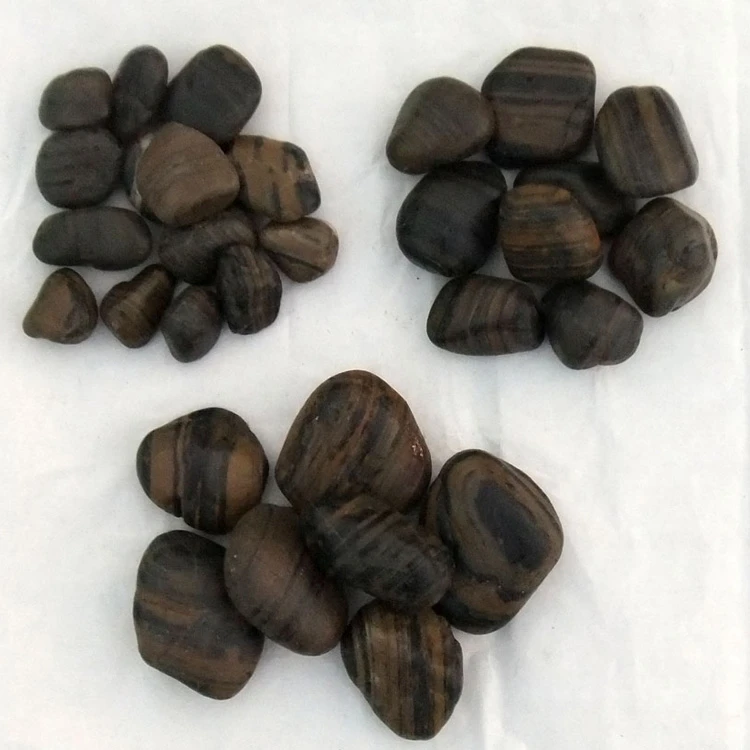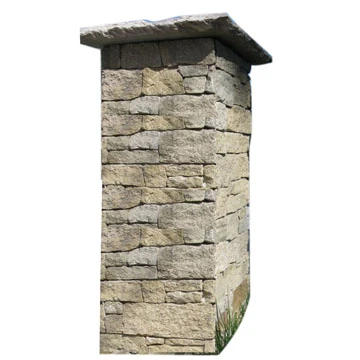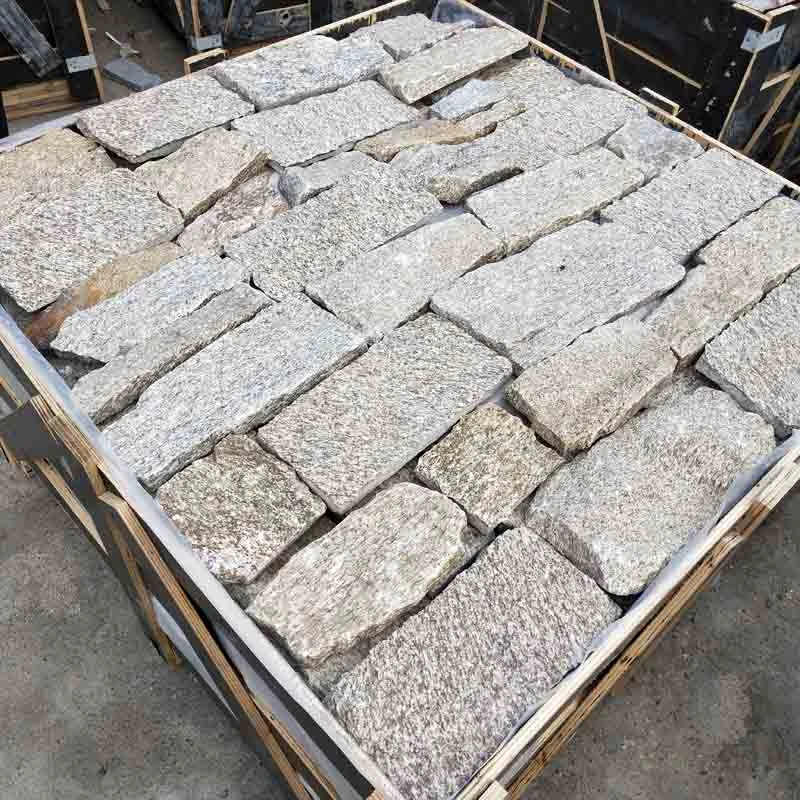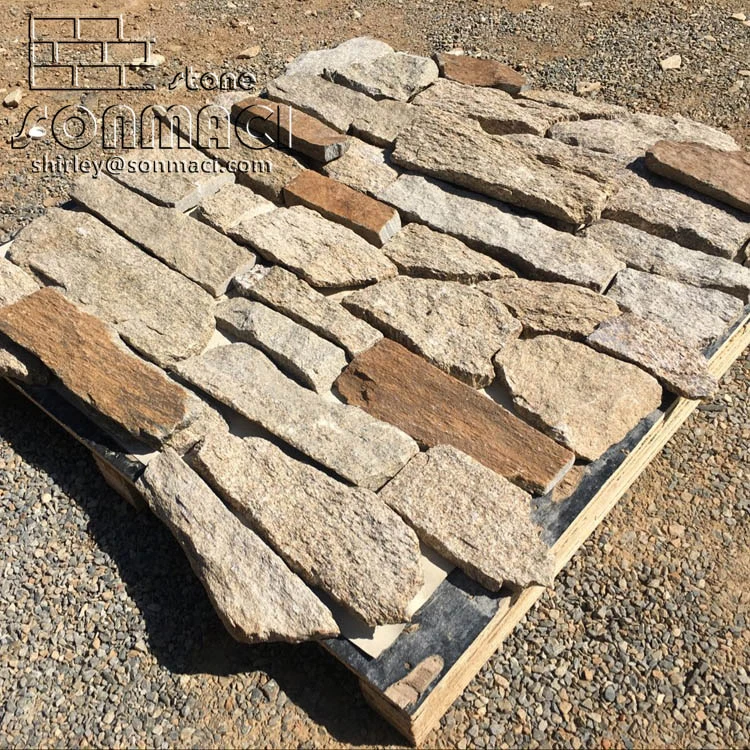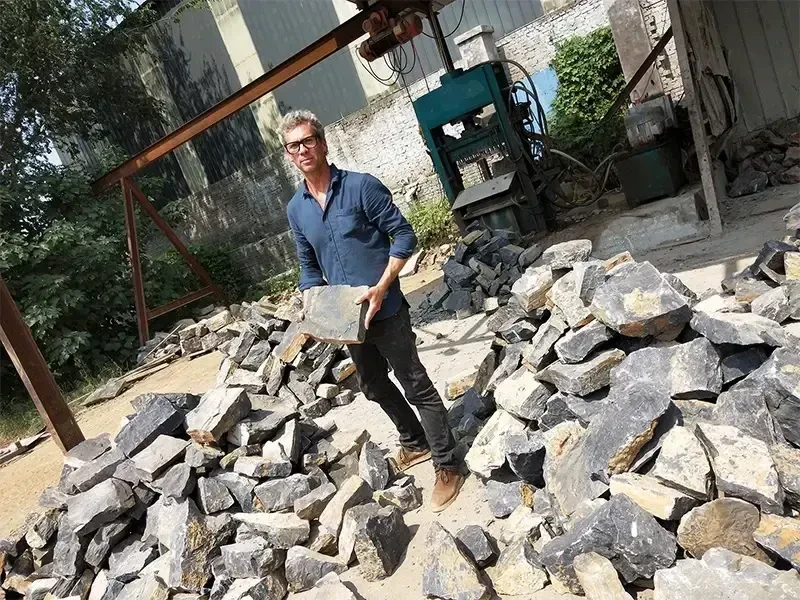China Natural Rusty Slate Floor Tiles
|
products Name |
Slabs/ tiles/floor tiles |
|
Material: |
Natural Stone, Slate, Quartz, Sandstone, limestone , Travertine, Granite, Marble |
|
Place of Original |
Hebei Province,China |
|
Stone Colors |
Grey, Beige,Black, White ,Rusty ,Green, Etc |
|
Type |
Cut size |
|
Size |
General size is 300*300mm/300*600mm/600*600mm |
|
Thickness |
1.2-1.5cm |
|
Weight |
About 70KGS/Sqm |
|
Surface Finishing |
Split /Machine Cut |
|
Usage |
Wall Decoration/ Wall Cladding/Wall Capping, Floor Paving, etc.. |
|
Packing |
Strong Fumigated Wooden Crates or Fumigated-free crates or according the customer’s requirements |
|
Payment Terms: |
T/T, Western Union, Paypal, etc.. against the copy of B/L |
|
Export Market : |
Europe, Australia, Middle East, America and so on |
The advantage of the stone building material
1)Easy for Installation
2)Convenient to clean
3)Good for health
4)Choice of high taste
5)Safety and environment protection
1,Cleanness, weathering-resistant, corrosion-resistant, sound-absorbing, waterproof, slippery-defending, radiation-free, so people can set their mind at rest. Slate is a natural building materials, the product was widely used in public building, yards, parks swimming pools, hotels and restaurants, etc.
2,The slate has a long history, it was mined from the mineral deposit that was formed in hundreds of millions of years.
3, Every slate is one and the only one, like a natural frames. The texture is rich, the color and lustre is quaint and strong resistance to pressure.
4, It panders to the idea of advocate nature and back to nature because it puts the stone connotation and the artistry together.
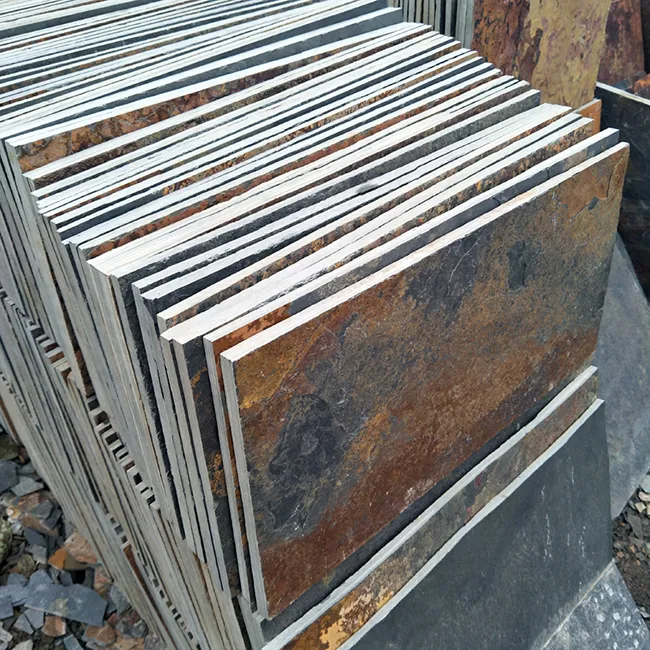
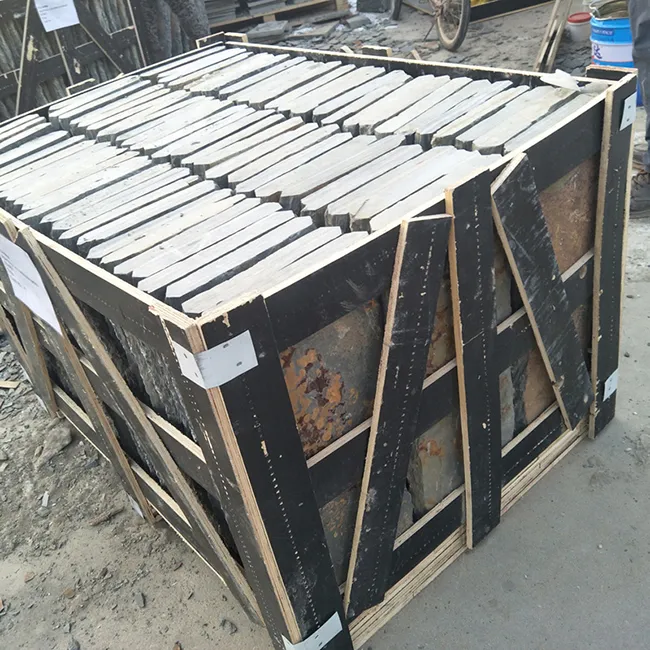
How long do slate floor tiles last?
Slate floor tiles stand as one of the most enduring choices in architectural finishes, offering a rare combination of geological resilience and timeless beauty that can outlast the buildings they grace. Formed through millions of years of intense heat and pressure, this metamorphic rock carries inherent properties that translate into extraordinary service life when properly installed and maintained. Unlike manufactured flooring options that degrade through wear patterns or stylistic obsolescence, slate matures with dignity, its character deepening rather than diminishing over decades of use.
The lifespan of slate flooring begins with its fundamental mineral composition. Dense silica and clay particles fused during the stone's formation create an exceptionally hard wearing surface resistant to scratching and abrasion. Unlike porous sedimentary stones, slate's layered crystalline structure provides natural resistance to water penetration—a crucial factor preventing the freeze-thaw damage that plagues lesser materials in temperate climates. These inherent qualities allow slate floors in high-traffic entryways to withstand decades of foot traffic while maintaining their structural integrity, where softer stones might show noticeable wear patterns or surface deterioration.
Environmental conditions play a significant role in realizing slate's full longevity potential. Interior installations protected from direct weather exposure routinely last 75 years or more, with many historic buildings showcasing original slate floors that have gracefully endured over a century of use. The stone's thermal stability prevents warping or cracking in temperature-fluctuating environments like sunrooms or kitchens, while its natural resistance to acidic substances makes it ideal for dining areas where spills might etch more delicate surfaces. Even in demanding commercial applications like boutique hotels or museum lobbies, properly maintained slate maintains its dignified presence through generations of visitors.
Maintenance practices significantly influence how slate flooring evolves over time. Unlike materials that require aggressive chemical treatments or frequent refinishing, slate needs only basic care to preserve its longevity. Periodic sealing (every 3-5 years for interior floors) protects the stone's natural cleft texture while enhancing its color depth. Simple cleaning with pH-neutral solutions removes surface dirt without damaging the stone's crystalline structure. This low-intervention approach allows the floor to develop a desirable patina—the subtle sheen that comes from years of gentle foot traffic polishing the stone's natural micro-textures, much like antique wooden floors gain character through use.
Historical precedents demonstrate slate's extraordinary lifespan. Centuries-old European castles, early American municipal buildings, and Victorian-era homes still showcase original slate floors bearing witness to generations of use. Modern quarrying and fabrication techniques have only enhanced these longevity characteristics—precision cutting preserves the stone's strongest grain orientation, while contemporary sealing technologies provide invisible protection without altering the natural surface.
For those viewing flooring as a long-term investment rather than a temporary design choice, slate offers unparalleled value. Its upfront cost amortizes over decades rather than years, with the assurance that proper care will preserve both its functional performance and aesthetic appeal for what may amount to multiple ownership cycles. When considering that many slate floors will last longer than the roof above them or the mechanical systems serving the building, the material transitions from mere finish selection to legacy building component—a permanent connection to the earth's enduring beauty that will outlive most other elements in a thoughtfully constructed space.
